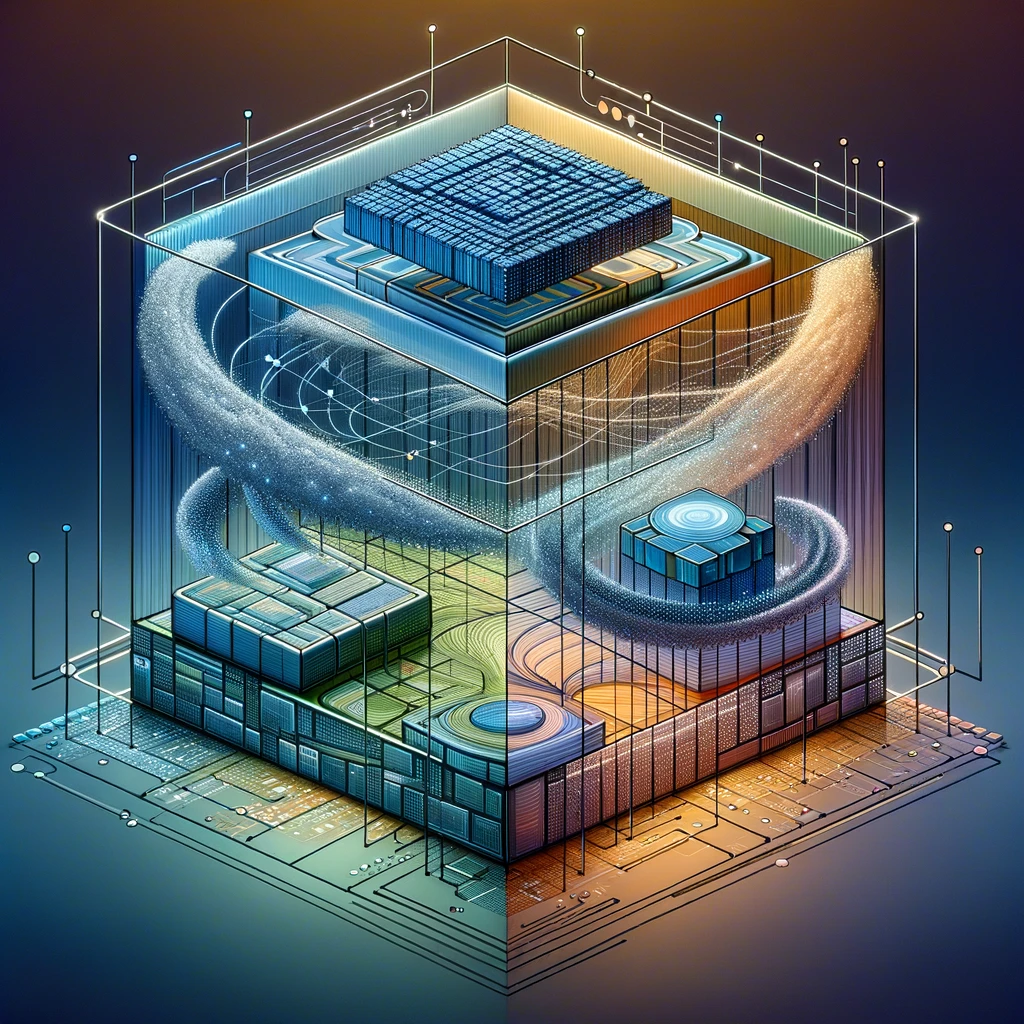
In the landscape of analytics engineering, dbt (data build tool) plays a pivotal role in transforming raw data into valuable insights. A fundamental concept within dbt that every analytics engineer must grasp is that of materializations. Materializations dictate how dbt models are transformed and persisted within the data warehouse, directly impacting the efficiency, performance, and even the cost of data operations.
What are Materializations?
Materializations in dbt refer to the methods by which dbt executes and stores the results of SQL models in your data warehouse. They are essentially the execution strategies that dbt uses to manage database objects created by your models.
Core dbt Materializations
Table: The table materialization creates a persistent table in the database. It’s suitable for large datasets that you query frequently, as it ensures data is always available and up-to-date after each dbt run.
{{ config(materialized='table') }}View: The view materialization creates a simple SQL view that represents the SQL statement of the model. This is ideal for smaller datasets or when you want to ensure the most current data is always presented, without the storage overhead of a table.
{{ config(materialized='view') }}Incremental: This materialization is used for large datasets where reprocessing the entire dataset is impractical. It appends or updates new data since the last dbt run, making it efficient for managing datasets that grow over time.
{{ config(materialized='incremental') }}Ephemeral: Ephemeral materialization does not persist the model’s results in the database. Instead, it generates SQL code that is inserted into downstream models. This is useful for intermediate transformations that do not need to be stored as separate objects in the warehouse.
{{ config(materialized='ephemeral') }}Choosing the Right Materialization
The choice of materialization depends on various factors including the size of the data, query performance requirements, and storage considerations. For instance, table materialization is best for datasets that are essential for fast queries, while incremental is suited for logs or event data that continuously grows.
Best Practices
- Use
tablefor critical datasets requiring fast access. - Opt for
viewfor datasets that are frequently updated or small enough that the performance impact is minimal. - Employ
incrementalfor large, growing datasets to save processing time and resources. - Choose
ephemeralfor complex transformations that do not need to be materialized as standalone objects.
Understanding these core materializations and strategically applying them in your dbt projects can significantly optimize your data transformation workflows, enhancing both performance and cost-effectiveness.
